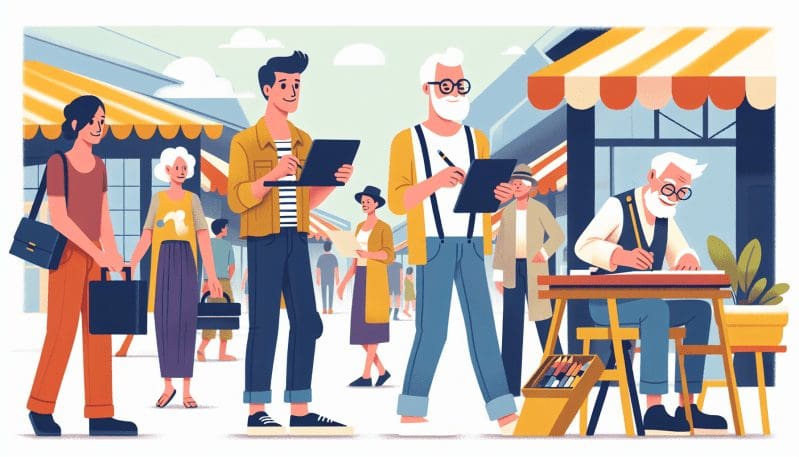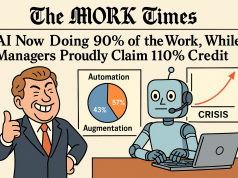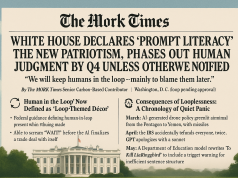In the vibrant tapestry of today’s workforce, diversity and inclusion are heralded as cornerstones of progressive work environments. Conversations around these concepts tend to cluster around race, gender, and sexual orientation. Yet, one dimension of diversity often flies under the radar in these discussions: age diversity. The freelance economy—a modern crucible of ingenuity and flexibility—presents both unique challenges and opportunities when it comes to integrating professionals across different age brackets.
Age diversity in the workplace, including the freelance sector, is not just about avoiding discrimination; it’s about valuing the rich tapestry of experiences and perspectives that professionals of different ages bring to the table. Younger freelancers might inject fresh, tech-savvy insights and a pulse on contemporary market trends, while their older counterparts often contribute deep industry knowledge and a wealth of relational networks forged over time. Together, they form a formidable force capable of driving innovation and creative problem-solving. However, ageism, whether overt or subtle, can significantly hinder this potential.
Subtle biases might manifest in the preference for ‘digital natives’ over more experienced professionals who are perceived as being less adaptable to new technologies. This can lead to a homogenization of the freelance pool, where diversity in age is inadvertently stifled. Moreover, the existing platforms and networks that serve the freelance community often cater to the cultural and social milieu of younger demographics, creating barriers to entry for older freelancers.
Confronting ageism and fostering age diversity requires intentional actions. Companies engaging freelancers can adopt practices such as blind recruiting—where the focus is on skills and portfolio, rather than age. Workshops and webinars can be conducted to dismantle stereotypes and promote age inclusivity. Mentoring programs, too, can be a two-way street: younger freelancers can learn from the seasoned experience of older peers, while also sharing knowledge on emerging tools and trends.
Success stories abound where age-diverse teams have harnessed the full spectrum of generational talent. For instance, a tech start-up may credit its breakthrough innovation to a balanced mix of youthful energy and seasoned strategic thinking. Or a marketing agency might showcase how a campaign’s success was fueled by interdisciplinary and intergenerational collaboration.
Organizations stand to gain from embedding age inclusivity into their DNA. A diverse age demographic among freelancers can drive more nuanced and comprehensive solutions to complex problems. It can also open new market opportunities by ensuring products and services resonate with a broader consumer base.
As the freelance economy continues to expand, the imperative for age inclusivity extends beyond just freelancers and their clients. The broader workforce can learn valuable lessons about the benefits of harnessing the full potential of workers at all stages of their careers. The question remains: how can society reshape its perception of productivity and value to accommodate the wealth of talent across all ages?
In conclusion, the challenge and promise of age diversity in the freelance economy represent a microcosm of the larger workforce. By promoting an ecosystem where age is not a barrier but a bridge, we nurture a more innovative, empathetic, and comprehensive work environment. It’s time for organizations to consider the full spectrum of human potential and to embrace age diversity as a powerful asset. It’s not just about building a more inclusive workplace; it’s about building a more successful one.



























